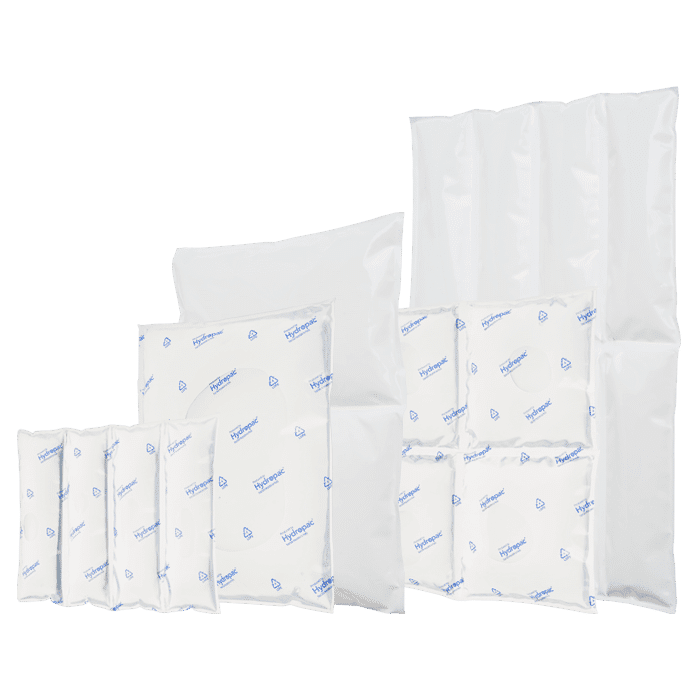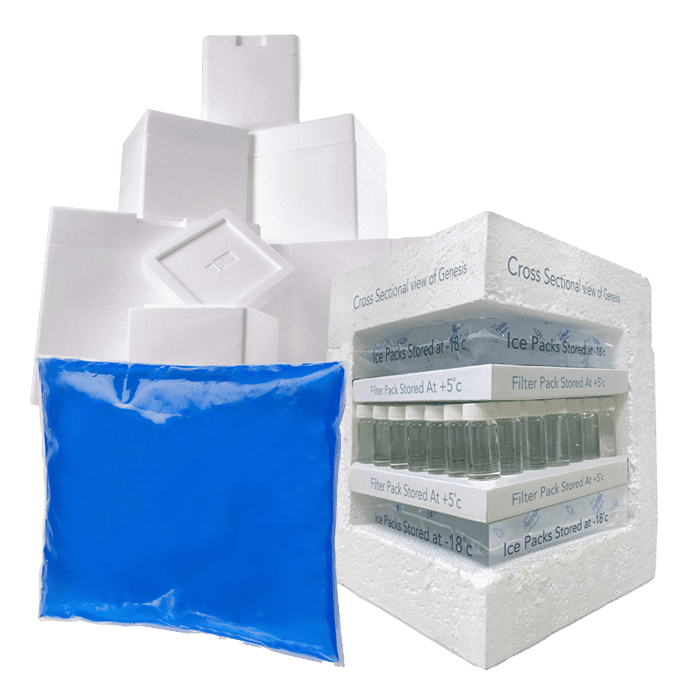4 Foodstuffs That (Surprisingly) Need Temperature Controlled Packaging

If you think you don’t need to worry about buying refrigerated or protective packaging for these 4 foodstuffs, think again. We may not associate tomatoes or potatoes with being kept in the fridge, but actually they need to be kept at specific temps during transport for optimum storage and shelf life – read on to find out why….
Tomatoes
Tomatoes may not seem likely candidates to require temperature controlled packaging, but they do need to be kept between specific temp ranges to maintain their freshness, and, as with any fresh foodstuffs, can’t be kept packaged too long. Tomatoes are quite hardy in that they can go up to 14 days in transit providing the temperature is kept at a constant, but do need a lot of protection as they split easily, making the environment around them damp and spoiling other tomatoes in the batch.
The optimum temperature for tomatoes to be transported at varies between 8-14°C depending on the duration of storage; the lower the temp, the shorter the max duration should be. Green, unripe tomatoes need to be kept warmer than ripe red ones (between 12.8-14°C), and “pink” tomatoes (in the middle of the two) should be kept between 10-11°C.
For protection, tomatoes do need to be transported in something like a polystyrene box that will give them that extra padding for the journey; these also have excellent thermal protection and are watertight, reducing any damp issues from outside the container.
Custom chilled solutions for you
Hydropac offers every customer a customized solution for chilled and conditioned shipping. For example, we help a customer with limited freezing capacity to deliver gel packs frozen and ready to use, and we can manufacture almost all shapes and sizes of cooling elements. As a customer, you come first: we are here to help you.
Cherries
Cherries may seem like hardy little fruits but actually they spoil quite easily as their skin is a lot more delicate than it looks!
Once harvested, cherries are sorted into two categories; those that need to be sold quickly, and those that are more suited for transport over longer distances. Only cherries with a firm outer flesh are deemed suitable (white hearted cherries are typically best for transport as they have the firmest skin); the other cherries are those chosen to be tinned, frozen or processed into foodstuffs before sale.
The cherries that are suitable for transport and sale as they need to be packaged appropriately in temperature controlled conditions; the optimum temp for cherries is between 1-1 – 2.2°C and obviously in packaging that will give protection to the cherry as a whole. Well perforated fruit crates or cartons are best for transporting cherries in bulk, although smaller orders can be transported in protective packaging such as an insulated shipping system which maintains the inside temperature.
Cucumbers
We don’t have to keep cucumbers in the fridge so why then do they need refrigerated packaging during transit? Keeping them at a cooler temperature than room temp or outside temp lengthens their lifespan, keeping them firmer and slowing down the ripening process, that’s why. Cucumbers to be sold for individual sale are also often wrapped in gas-permeable plastic film before transit, which also extends storage and transit life.
The optimum temperature for cucumbers to be transported at is 10-12°C, but no lower than 7°C as they suffer “chill damage” very easily; this leads to soft spots on the skin which them permeates to the lower layer and quickly spreads throughout the cucumber. Temperatures above 12°C also reduce the storage life, as the cucumbers will ripen rapidly and turn yellow, which means they are overripe and not usable.
Cucum
Sustainability Hydropac and CSR
Sustainability isn’t just a trend for us – it’s a promise. As we innovate, create, and lead, we keep our planet’s well-being at the forefront. With Hydropac, you’re not just preserving the quality of your cargo; you’re contributing to a healthier world.
Experience the power of sustainable temperature assurance with Hydropac – where excellence and environmental responsibility coexist for a brighter future.




